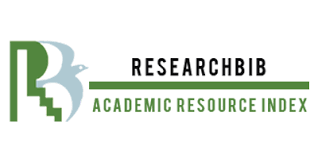USING COMMUNICATIVE LANGUAGE TEACHING (CLT) IN SECONDARY CLASSES
Keywords:
Teaching methods, communicative language teaching, language acquisition, interactive learning.Abstract
The article is devoted to analyze the advantages of implementing the Communicative language teaching (CLT) in secondary classes in order to enhance learners’ language acquisition and by prioritizing real-life communication and interactive learning experiences, CLT empowers students to become proficient language users equipped for meaningful interaction in diverse contexts.
References
Brown, H. D. (2007). Principles of Language Learning and Teaching. Pearson Education.
Celce-Murcia, M., & Olshtain, E. (2000). Discourse and Context in Language Teaching: A Guide for Language Teachers. Cambridge University Press.
Ellis, R. (2003). Task-Based Language Learning and Teaching. Oxford University Press.
Hymes, D. (1971). ‘Competence and performance in linguistic theory’ in R. Huxley and E. Ingram (eds.). Language Acquisition: Models and Methods, 3–28. London: Academic Press.
Johnson, K., & Morrow, K. (Eds.). (1981). Communication in the classroom. Essex: Longman.
Larsen-Freeman, D. (2000). Techniques and Principles in Language Teaching. New York: Oxford University Press.
Littlewood, W. (1981). Communicative Language Teaching. New York: Cambridge University Press.
Long, M. H., & Crookes, G. (1992). Three Approaches to Task-Based Syllabus Design. TESOL Quarterly, 26(1), 27-56.
Savignon, S. J. (2002). Communicative Language Teaching: Linguistic Theory and Classroom Practice. Cambridge University Press.







